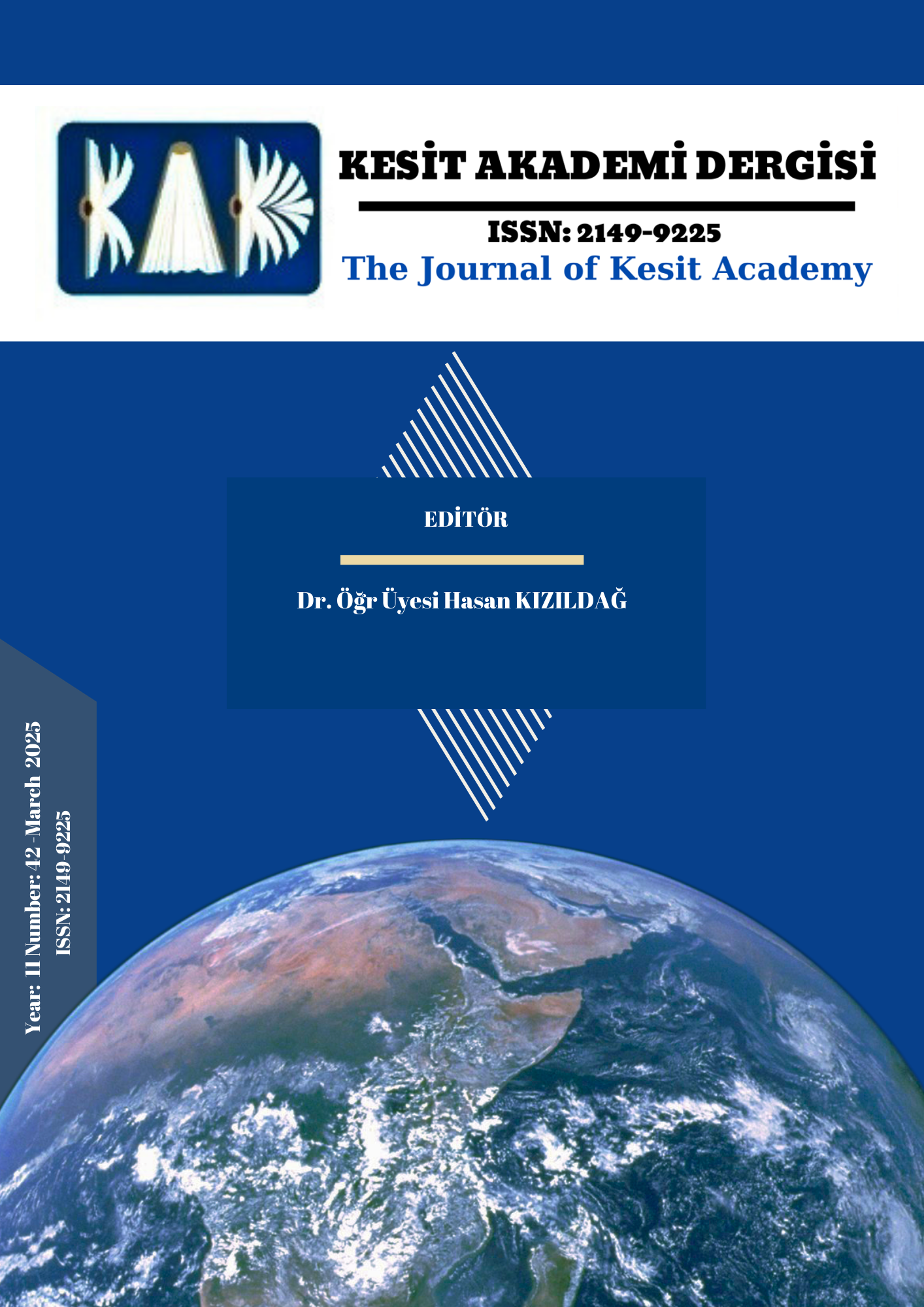Author :
Abstract
Kent kimliği, bir yerleşimin kültürel, tarihi, sosyal ve fiziksel özelliklerinin bütünü olup, kent sakinlerinin aidiyet duygusunu güçlendiren ve kenti diğer yerleşimlerden ayıran önemli bir kavramdır. Bu çalışma, Gaziantep’in tarihi Sefer Paşa Mahallesi’nin kentsel kimliğini inceleyerek, bu kimliğin korunma derecesini ve etkileyen faktörleri analiz etmektedir. Bu bağlamda, çalışmada Kevin Lynch’in kent imgesi teorisi temel alınmıştır. Lynch’e göre bir kentin kimliği, yollar, kenarlar, düğüm noktaları, bölgeler ve işaret noktaları gibi beş ana unsura dayanır. Çalışmada bu unsurlar, mahalle sakinlerinin algıları ve görsel analizler ışığında değerlendirilmiştir. Sefer Paşa Mahallesi, Gaziantep’in tarihi merkezinde yer alması nedeniyle araştırma alanı olarak seçilmiştir. Çalışmada Lynch’in analiz yöntemleri doğrultusunda mahallede çekilen fotoğraflar üzerinden görsel incelemeler yapılmış ve mahallede yaşayan 100 kişi ile anket gerçekleştirilmiştir. Anket, tarihi kimliğin korunma derecesi, yollarının yeterliliği, mahallede yaşama tercihleri gibi konuları kapsamaktadır. Bulgular, mahalledeki tarihi dokunun deprem, Nüfus ve turizm yoğunluğu, plansız restorasyonlar ve kirlilik gibi nedenlerle zayıfladığını göstermektedir. Anket sonuçlarına göre, sakinlerin çoğu tarihi kimliğin korunmasında eksiklikler olduğunu belirtirken, bazıları halen önemli kültürel ve tarihi unsurların mevcut olduğunu düşünmektedir. Çalışma, tarihi kimliği koruma adına restorasyon planlarının uyumlu bir şekilde yapılmasını, trafik düzenlemelerinin geliştirilmesini ve kültürel mirasın önemini artıran bilinçlendirme çalışmalarını önermektedir. Bu yaklaşım, Gaziantep’in tarihi kimliğini gelecek nesillere aktararak, daha yaşanabilir bir kentsel çevre yaratmayı hedeflemektedir.
Keywords
Abstract
Urban identity is the collective cultural, historical, social, and physical characteristics of a settlement, serving as a critical concept that strengthens the sense of belonging among its residents and distinguishes the city from others. This study examines the urban identity of Gaziantep’s historic Sefer Paşa Neighborhood, analyzing the extent to which this identity has been preserved and identifying the factors influencing it. Within this context, the study employs Kevin Lynch’s urban image theory. According to Lynch, a city’s identity is built upon five key elements: paths, edges, nodes, districts, and landmarks. These components were evaluated in this study through visual analyses and the perceptions of neighborhood residents. Sefer Paşa Neighborhood was selected as the research area due to its location in the historic center of Gaziantep. Visual examinations based on photographs and surveys conducted with 100 residents of the neighborhood were carried out. The surveys addressed topics such as the degree of historical identity preservation, the adequacy of paths, and preferences for living in the neighborhood. Findings reveal that the historical fabric of the neighborhood has deteriorated due to factors such as earthquakes, population density, tourism pressure, unplanned restorations, and pollution. Survey results indicate that while most residents perceive shortcomings in the preservation of historical identity, some believe that significant cultural and historical elements still remain.The study recommends harmonized restoration planning, improved traffic regulations, and awareness campaigns emphasizing the value of cultural heritage. This approach aims to preserve Gaziantep’s historical identity for future generations while creating a more livable urban environment.





